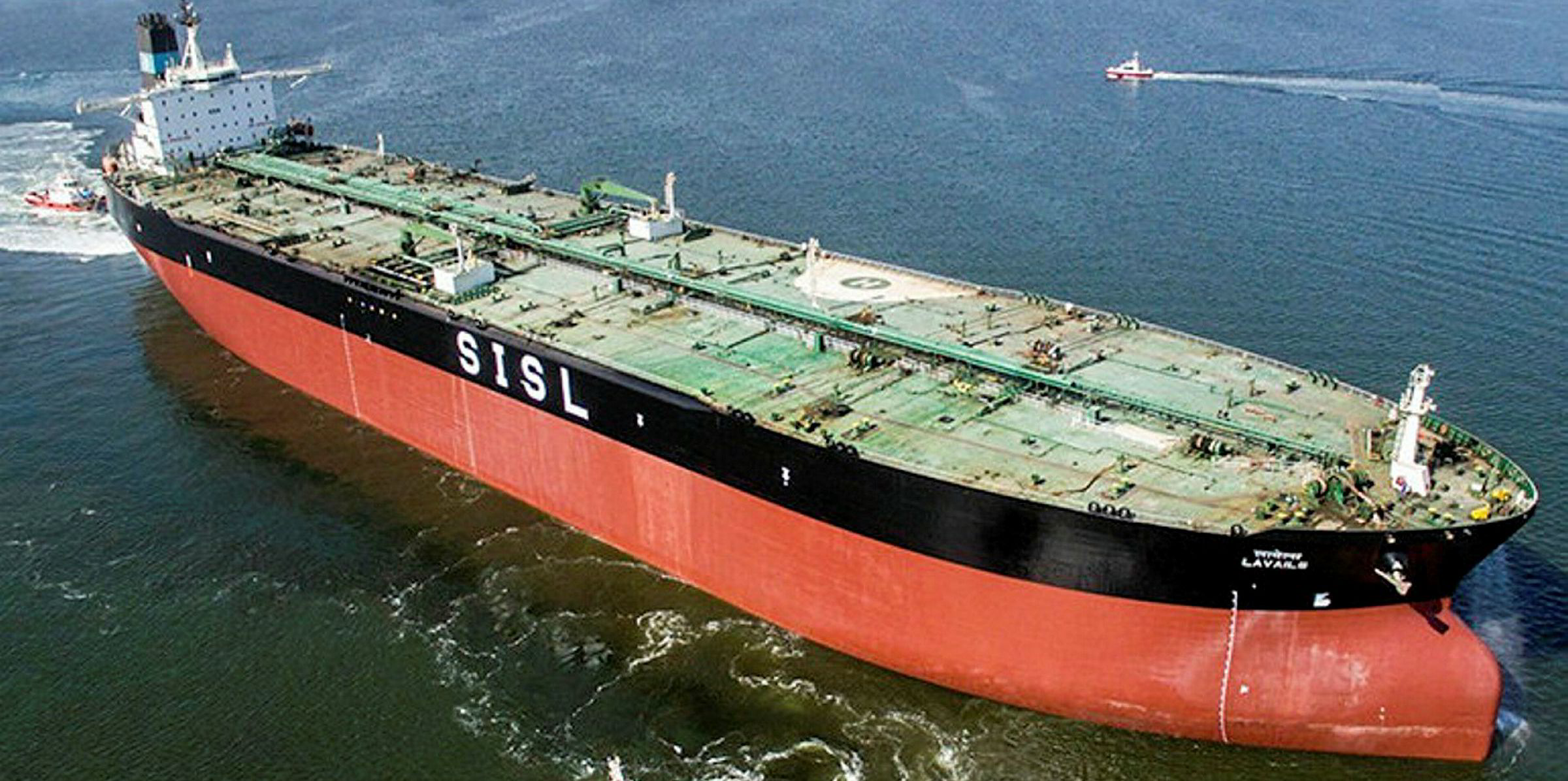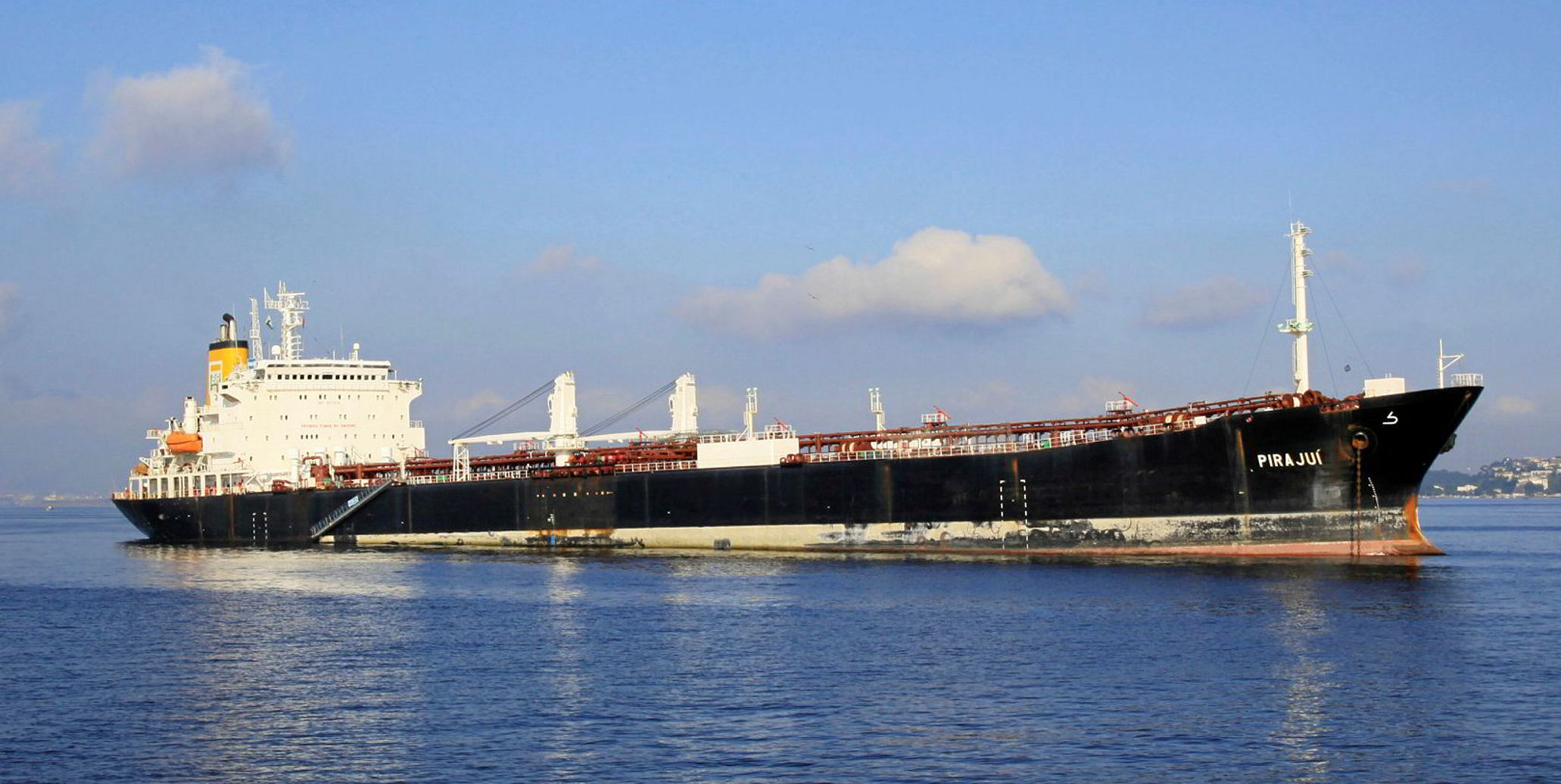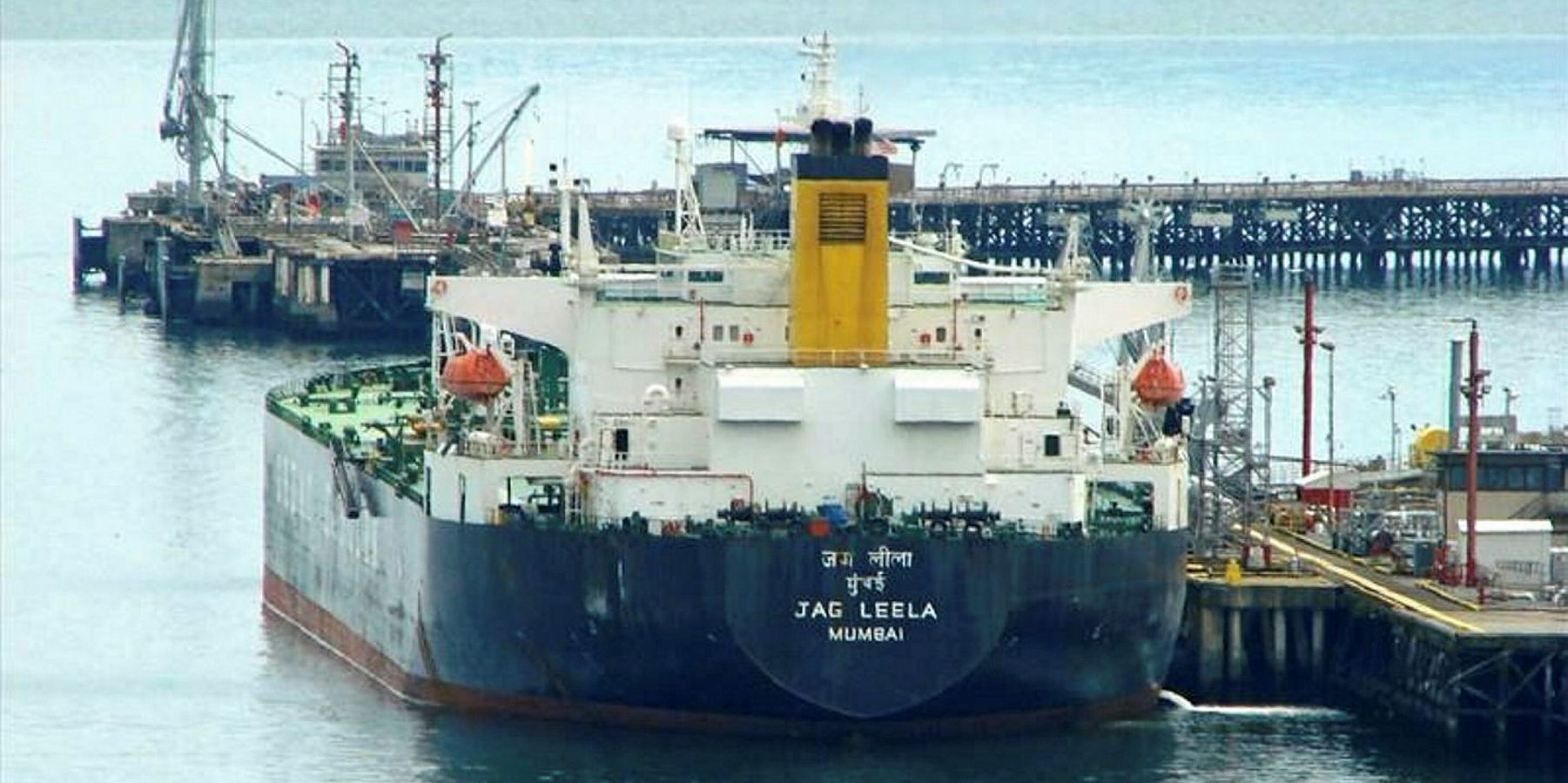Tanker scrapping has fallen to its lowest level in 30 years as floating storage kept older vessels away from the demolition beaches.
Removals through scrapping and/or conversions from the combined crude and product tanker fleet in the first six months of 2020 totalled just 14 ships of 1.1m dwt, according to Simpson Spence Young (SSY).
The first-half figures are the lowest in deadweight terms since the first six months of 1990, said the shipbroker, whose data goes as far back as the late 1980s.
“With tanker earnings falling sharply in recent months and the outlook for tanker trade and earnings weak based on historical patterns, this suggests scrapping will rise next year once floating storage demand eases,” SSY predicted.
It said the lack of tanker removals in 2020 will leave several older candidates ready to be phased out next year.
“Focusing on crude tankers, reviewing the average scrapping age over the past five years (2015-2019) for VLCCS, this has been at 21 years,” SSY said.
“However, following the last major downturn in the freight market in 2017-2018 — when average annual MEG-China VLCC earnings fell to around $16,000-$17,000 per day from $35,500 per day in 2016 — the average scrapping age in 2018 dipped to 19.1 years.”
This year, 26 VLCCs have turned, or are due to turn, 20 years of age, while a further 18 will reach 20 years in 2021.
With tanker earnings falling sharply...and the outlook for tanker earnings weak based on historical patterns, this suggests scrapping will rise next year once floating storage demand eases
SSY
Based on the historical scrapping age trends, SSY said these vessels would be “prime candidates” for removal from the active fleet.
In terms of VLCCs leaving the active tanker fleet for conversion for work in the offshore sector, only one vessel has done so this year, and the brokerage said few others are likely to follow suit.
“The pace of VLCC conversions to FPSOs [floating production, storage and offloading vessels] could slow given that the Covid-19 outbreak has led oil companies to reduce capital expenditure and therefore lower investment in new oil fields and exploration,” it said.
For smaller crude tankers, the average scrapping age during 2015-2019 has been slightly higher than for VLCCs: 22.4 years for suezmaxes and 21.5 years for aframaxes.
The average scrap age of the four suezmaxes deleted so far this year is 22, according to SSY.
“The lowest annual scrap age for suezmaxes and aframaxes over the five-year period has been 20.9 and 20.3 years respectively, with the lower age removals occurring during or just after periods of lower earnings.”
Twenty suezmaxes and 13 aframaxes are due to turn 20 years old this year. In 2021, the figures are 13 and 11 respectively.
Looking at the clean fleet, SSY said the average scrapping age for MRs between 2015 and 2019 was 25.8 years of age. The age of the MRs deleted so far in 2020 has slipped below this level to 24.8 years.
Scrapping of LR1s and LR2s is said to have occurred at a much younger age than MRs in the previous five years, at 22 and 20.2 years respectively.
“But more recently LR2s have shifted to trade in the crude sector which may prolong their trading life,” said SSY.
“Also, given the modern profile of the LR2 fleet, any removals are likely to be minimal with just four ships turning or due to turn 20 years in 2020 and two in 2021.”
At the end of August, SSY said it was monitoring six crude tankers that had been sold for scrap and that could imminently leave the fleet, including two VLCCs and two aframaxes.
In the product tanker fleet, it said eight vessels are due for scrap, including two LR1s and two MRs and the rest in the handysize and sub-handysize range.






